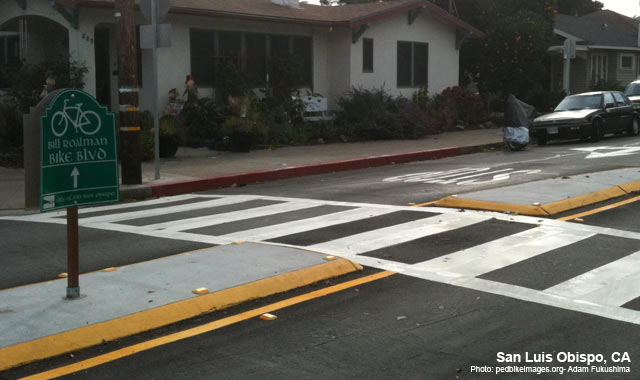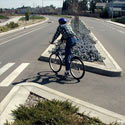Northern Light
Superstar
The problem is that School Boards have (older) under-used schools that nobody wants to close or even reduce in size and a need for NEW schools in areas experiencing high development pressures. They cannot afford to operate both.
While I concur that there remains surplus real estate, I think we need to take a couple of steps back.
1) Toronto is increasing in population rapidly, which all other things being equal, means many more school-aged children over time. Holding on to under-used real-estate or buildings to accommodate that is considerably lower cost than
re-acquiring said real estate and building new.
2) There is a natural cycle in all neighbourhoods, when an area is comparatively lower cost, yet otherwise family-friendly also, it becomes a nexus of young families, and school populations boom.
But those same residents will one day be empty nesters, and the idea that most will downsize is demonstrably wrong. The data shows that most people will keep the home they own at age 50 when teens might be present still right through their retirement years. Sure, some will move/downsize early; and many will be 'forced' into long-term care/retirement living late in life..........but that won't be til the very end of their lives.
Meaning there will be a period of at least one generation where schools in a given area will routinely run significantly below capacity, until there is a critical mass of homeowners departing this earth entirely or departing their homes for some variation of assisted living.
Neighbourhoods simply do not hold an even-keel over time. Hence gentrification. Neighbourhoods swing from being high demand and turnover, to low demand and turnover. School populations fluctuate with this.
We need to design and operate schools with this in mind. The idea that when when a school declines to 60% enrollment relative to capacity we ought to close it and sell of the land is literally ridiculous and irresponsible.
Schools have life-cycles, just like people. Designing them so that either a portion of the space can be de-facto mothballed (sealed off, reduced heat/ac) or used for an alternative community purpose for a period of time, needs to be part of basic school architecture.
3) To the extent that we choose to bring in working-age immigrants to lower the median population age, rather than encourage already present families to consider more children is curious indeed. This exaggerates the issues I noted above.
This is not an argument against immigration, but rather one in which I ask, for what purpose are we bringing in immigrants? If the answer to substitute for a low birth rate, maybe we need to ask about what it would take to raise same?
I should add here, I'm quite content to see the population structurally decline over time, I seen no value in growth for its own sake, I simply note the way in which we are pursuing growth has a host of adverse and seemingly unintended consequences, of which temporarily surplus schools is one.
Last edited:






